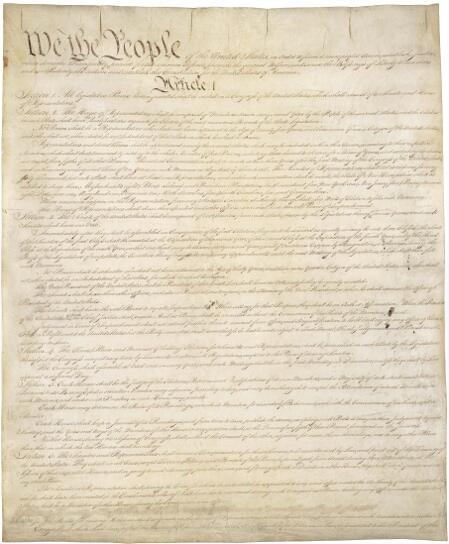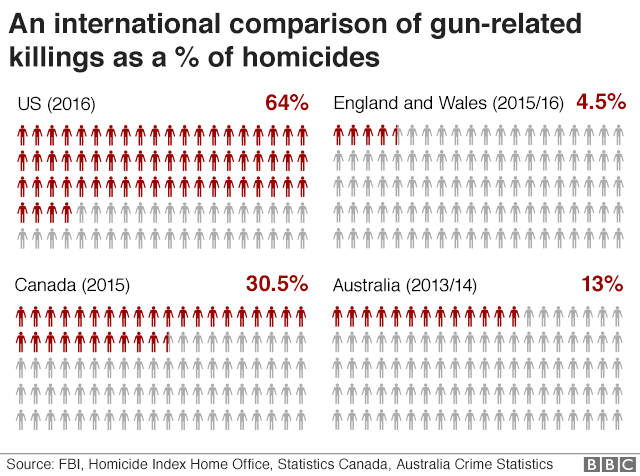The National Archives Museum holds a vast collection of documents and records that reflect the shaping of US society through history. Examining such documents is important not only from the study-of-the-past perspective but also for reflecting on the present by connecting the discovered records to modern-day events. For the purpose of this exploration and reflection, it was chosen to examine the Constitution of the United States as one of the pillars upon which America was built. The document was chosen for its historical importance as well as for the possibilities to connect it to modern American society.
In the National Archives Museum, four pages of the Constitution of the United States (not considering Amendments) are available (see Figure 1). The document begins with “We the People,” written in large letters at the top of the first page, which transfers the essence of the Constitution: serving the American people. It gives power and strength to the country while also showing the sovereign will of its people through outlining the rules and limits by which the country is managed. Apart from this, the Constitution has had special legal sanctity throughout history by being used for setting frameworks and principles according to which the Government functioned.

The Constitution of the United States was written in 1787 and put in operation in 1789. It was developed to assign Congress the responsibility to organize judicial, legislative, and executive branches, declare war, make laws, and raise revenue. While the writing of the Constitution was attributed to the Founding Fathers, Alexander Hamilton, a Federalist Party member and a New York state representative, was responsible for the key ideology expressed in the document. James Madison was responsible for the Constitutions’ structure and the text itself, while Thomas Jefferson, Thomas Paine, and John Adams were contributing authors. George Washington was responsible for overseeing the Constitutional Convention in Philadelphia, during which the document was drafted.
If to reflect the impact of the document on current governmental issues, the controversy regarding gun rights comes into play. In the Second Amendment to the Constitution, it is clearly stated that “a well-regulated Militia, being necessary to the security of a free State, the right of the people to keep and bear Arms, shall not be infringed” (Yuhas, 2017, para. 3). However, today, the attitude of the American public to guns changes, with growing concerns for increased armed violence.
The ongoing debate on whether Constitutionally protected gun rights should be overturned is fueled by hundreds of cases of gun violence, with the United States holding first place in the ranking of countries with the largest numbers of gun-related killings (see Figure 2). At the moment, there are 120 firearms per 100 residents in the US, which shows that the Constitutional right to own guns is protected (BBC News, 2018). Nevertheless, this right may be reevaluated in the future several decades if no effective measures are undertaken to address gun violence in the United States.

To conclude, the Constitution of the United States is a fundamental document that has held its power and relevance over centuries. It is important not for its historical significance but also for the relevance in the context of current social and governmental events.
References
BBC News. (2018). America’s gun culture in 10 charts. Web.
The Constitution of the United States. (n.d.). Web.
Yuhas, A. (2017). The right to bear arms: What does the second amendment really mean? The Guardian. Web.